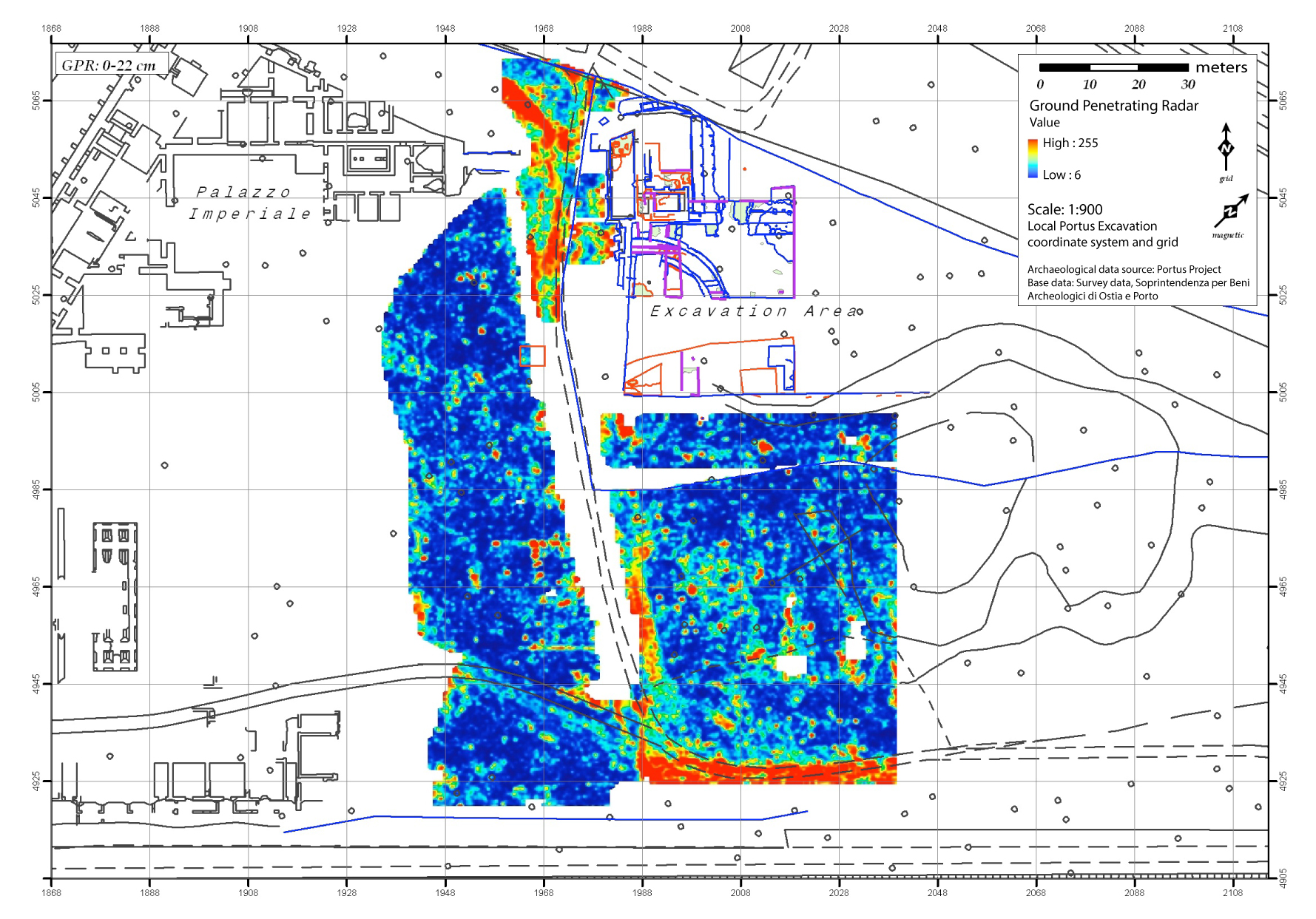Research data and MOOCosystems

I’ve spoken at a number of events recently about what I see as the potential for joining up MOOCs in order to create shared curricula. I have for example cross-referenced material in the Archaeology of Portus course to Coursera and Brown’s Archaeology’s Dirty Little Secrets course, and to the Coursera and Yale Roman Architecture course.
In the coming weeks we are going to be encouraging more reconstruction of Portus by learners, and wouldn’t it be amazing if some of the learners on the FutureLearn and Monash Creative Coding course (that started just now and looks fab) began making creative responses to our Portus material as the two courses ran? You’ll see in week five of our course how we use procedural modelling (related to the generative programming described on Creative Coding) to visualise alternative versions of the shipsheds at Portus.
Learners on our course have also cross-referenced to these and to other courses, including discussions of Shakespeare’s references to the Roman world and Roman Emperors in the FutureLearn and Warwick Shakespeare and his world course. This kind of cross-referencing is currently a little limited by the technology – whilst we can provide deep links to specific pages the authentication on the platforms means that mashing-up (to be very old fashioned) of the content is not easy. But it won’t be long. I can certainly envisage the markdown text that lies behind our course being curated into another hybrid course. Whilst I can imagine some resistance to this on the basis that we have all put a lot of effort into structuring coherent courses with a clear progression (of course the reason for the linear structure employed on many MOOC platforms) I can also see the potential in anyone else producing such a linear narrative but blending content from a variety of original courses. Similarly I can imagine courses growing organically, and interlinking in far more creative ways, as other OERs have been for many years.
One way I think such a MOOCosystem (insert sickened air quotes at will) could flourish is by shared or linked research data. An emphasis on open scholarship and in particular open publication and open research data is never far from the MOOC. In preparing our own course we had to consider the publication environment within which our research had been disseminated previously, and also the possibilities for innovation in the future. What excites me most about the next year is the chance for us to share much more of our research data from Portus and feed this back directly into the course. The Archaeology Data Service will be key to this as we deposit our final archive with them, and we have been in discussions for a while about how best to cross-reference our research data to conventional as well as on-line publications.
We just started week three and Kristian Strutt has created an [Advanced] step that allows learners to process a small sample of our geophysics data. By the time the course runs again we anticipate that learners could use this same approach to process, interpret, share their interpretations and comment on others’, but with access to all of the geophysics data from the project. In turn learners will be able to read more of the existing published material (we are working towards more open publication, using both green and gold models in the future and with respect to some of our previous publications), itself linked to the research data behind it. In the next iterations of the course one can envisage the data that are being shared deriving from other related research projects and associated with many courses, each with cohorts of learners enriching the data through their activities.
Of course none of this is revolutionary but as a first time MOOC-educator I am only now starting to realise the immense power of this interconnection of data, publications and open learning. And I still think, as I stated in My Archaeologist is an App, that such an interconnected learning system requires more able, research-led educators rather than less. Glueing all this together, tearing it apart through critique, and taking learners on a journey through heterogeneous resources will always be a challenging and creative task for which academics are well qualified. Putting data at the heart of these courses alongside open methods is going to turn everything upside down.
I really hope you enjoy week three.



